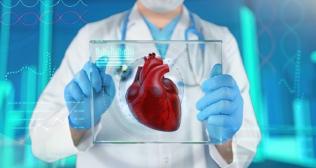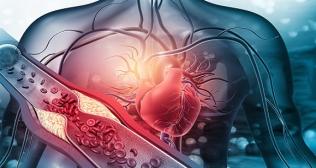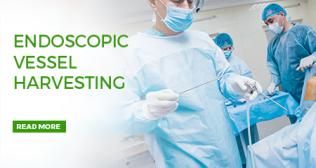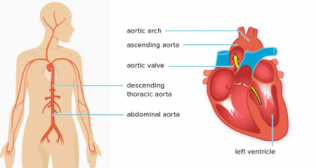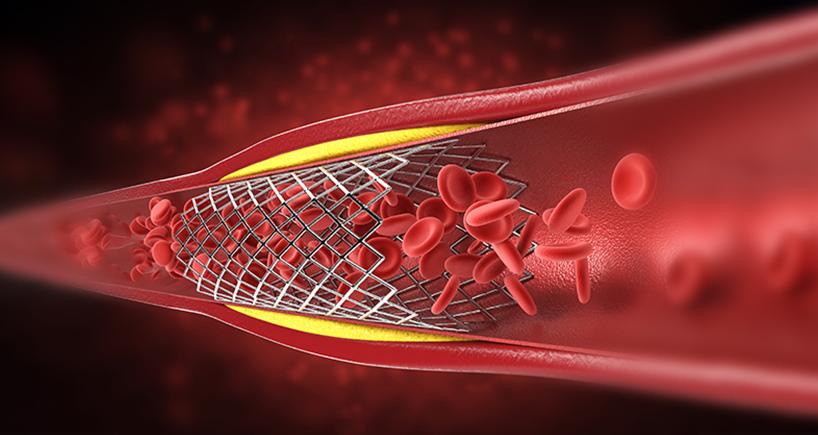
Angiography and Angioplasty: Uncovering Their Purpose, Mechanism, and Risks
Cardiovascular disease (CVD) is one of the predominant causes of mortality around the world, with coronary artery disease (CAD) responsible for most of the deaths. In India, one in four deaths results from CVDs, with ischemic heart disease and stroke accounting for more than 80% of this burden. Early diagnosis can play a vital role in designing an appropriate treatment plan, which in turn can lower mortality rates. Angiography (a diagnostic technique) and angioplasty (a surgical procedure) are involved in addressing cardiovascular diseases. Let us explore further to understand both techniques.
What is angiography?
Angiography is a procedure that allows healthcare professionals to examine blood vessels in detail using X-rays. The X-ray images generated through angiography are referred to as angiograms.
What is angioplasty?
Angioplasty is a procedure used to open or widen clogged blood vessels that supply blood to the heart.
Parameter | Angiography | Angioplasty |
During this procedure, the individual is usually given a sedative to relax. A small incision is made on one of the arteries, usually near the groin area or wrist, under the effect of local anesthesia. A catheter is then inserted into the artery and carefully guided to the region being investigated. Subsequently, a contrast dye is injected into the catheter, and a series of images are taken as the dye flows through the blood vessels.
| During this procedure, the individual is given medication through an intravenous (IV) line to aid in relaxation. The surgeon then makes a small opening in a blood vessel and inserts a catheter, threading the tube to the heart using an X-ray as a guide. A contrast dye is injected to highlight the heart and blood vessels. Subsequently, the first tube is replaced with another one containing a deflated balloon at the end. Once it reaches the clogged area, the balloon is inflated to push the plaque against the wall of the artery, improving blood flow. Sometimes, a tiny mesh tube called a stent is placed in the artery to widen it.
| |
Purpose | It is used to detect several blood vessel-related conditions, including atherosclerosis,peripheral arterial disease, brain aneurysms, blood clots and pulmonary embolism.
| Insufficient blood flow to the heart resulting from clogged arteries can lead to chest pain, referred to as angina, often triggered by stress. If medication proves ineffective, angioplasty is performed to treat the condition. It can also be used as an emergency treatment measure for heart attacks.
|
Risks involved | It is safe and painless. However, there might be bruising, soreness or a miniature lump at the incision site for a few days or weeks after the procedure. There’s little risk of grave complications like an allergic reaction, stroke, or heart attack.
| This procedure is considered safe. However, the patient may get a bruise, feel sore or experience some bleeding at the incision site. Severe complications can occur in rare cases, which include serious bleeding, blood clots and the recurrence of blockage in the artery.
|
Alternatives forangiographyandangioplasty
Alternatives for angiography:
Angiography remains the gold standard for diagnosing most intravascular pathologies. It provides real-time, dynamic images using conventional imaging devices such as X-rays or computed tomography (CT). The technique also provides therapeutic choices at the time of initial diagnosis. However, technological advancements over the last three decades have caused the integration of non-invasive techniques utilizing CT and MRI to detect vascular complications.
Alternative for coronary angioplasty:
A coronary artery bypass graft may beconsidered in the case of blockages in several coronary arteries or structural abnormalities of the arteries. It’s an invasive surgery where a segment of healthy blood vessels is taken from other body parts and attached to the coronary arteries. Blood is re-routed through these vessels, bypassing the clogged regions of the arteries.
Initially utilized as a diagnostic tool, angiography has undergone a series of changes over the last century, becoming a basis for interventional therapy.
Owing to continuous innovations, angioplasty has also witnessed transformation through a series of innovative concepts along with their application to treat atherosclerotic heart diseases.







